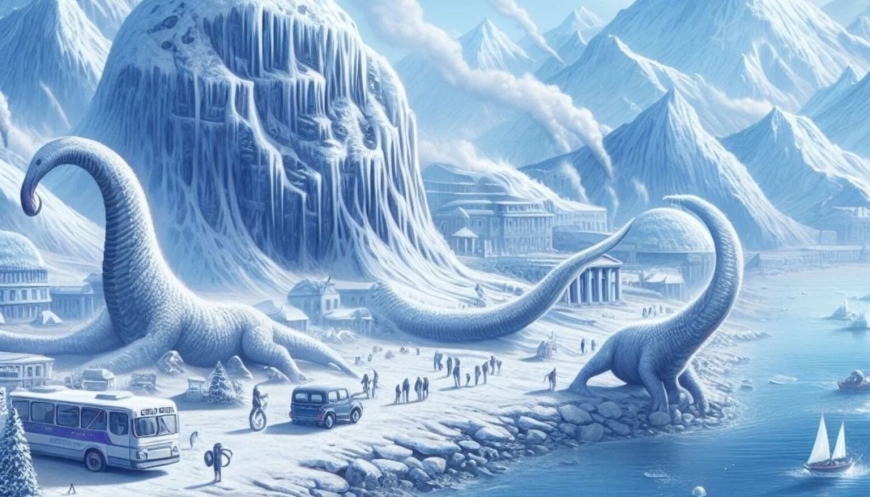What Would Cause an Ice Age to Develop?

Ice ages are periods of global colder temperatures and recurrent glacial expansion caused by natural phenomena such as Milankovitch cycles, plate tectonics, and changes to Earth’s albedo.
An ice age would result in ocean ports closing and coastal communities having to move inland due to lower sea levels; at the same time, new land bridges such as Bering Strait could form to connect North America and Asia.
Changes in the Earth’s orbit
Over time, Earth alternates between cold phases (ice ages) and warm interglacial periods due to complex factors.
The movement of continents on Earth’s surface, which alters ocean and atmospheric circulation, can have profound repercussions for glacial periods and their beginning. When these movements obstruct warm water from reaching high latitudes due to blocking mechanisms, ice sheets form and glaciation starts.
Another key contributor is Earth’s orbital changes. Eccentricities and tilt – which change on 100,000-year cycles – may also trigger ice ages.
These changes may not affect the total amount of sunlight reaching Earth, but they do alter where and when sunlight reaches specific regions and seasons – contributing to why half the world may be covered in snow and ice while another half boasts bright sunshine.
Changes in the Earth’s tilt
Earth’s axis typically shifts by several centimeters annually. But, during the 1990s, its axis suddenly shifted much faster than usual – this shift had serious ramifications for global climate. Should an ice age occur, much of North America and Canada would become covered with giant glaciers while sea levels would also dramatically drop, closing off marine channels like the Mediterranean Sea and Torres Strait.
There are various causes behind changes to the Earth’s tilted axis. One cause may be caused by orbital cycles which vary the amount of sunlight reaching high latitudes each year, and another by plate-tectonic movement such as the uplift of continental blocks through plate-tectonic activity resulting in altering ocean and atmospheric circulation patterns; also changes can happen as a result of reduced greenhouse gas concentrations due to lower carbon dioxide levels during an ice age, thus decreasing silicate weathering rates and photosynthesis processes which contribute significantly towards global cooling effects and global cooling effects overall.
Changes in the Earth’s axis
An ice age cannot be caused solely by tilt and orbit alone – other factors must come into play, including ocean and atmospheric circulation patterns, carbon dioxide concentration levels, and more.
Ice Ages occur slowly over thousands of years. They begin when temperatures in northern high latitudes fail to exceed freezing for long periods, prompting snowfall accumulation, compression, and eventual formation into ice sheets.
These ice sheets increase Earth’s reflectivity, which decreases how much solar radiation it absorbs and cools down its atmosphere further. Over time, ice sheets gradually spread across all of the northern hemisphere and prevent ocean currents from transporting warm water between the equator and poles, ultimately leading to global cooling and an ice age.
Changes in the Earth’s albedo
Earth is an amalgamation of light and darkness, from white snowcaps and clouds to the deep blue waters of its oceans. Albedo plays an integral role in global climate, so how much sunlight the planet reflects has an enormous bearing on weather patterns and temperatures.
Ice ages can form when global temperatures decline for an extended period, precipitating snow and ice to accumulate and form large ice sheets that reflect sunlight, further decreasing temperatures.
These changes are caused by an intricate web of factors, including Milankovitch cycles and plate tectonics. Furthermore, atmospheric changes can contribute to an ice age by decreasing greenhouse gases such as carbon dioxide concentration.
What's Your Reaction?





































